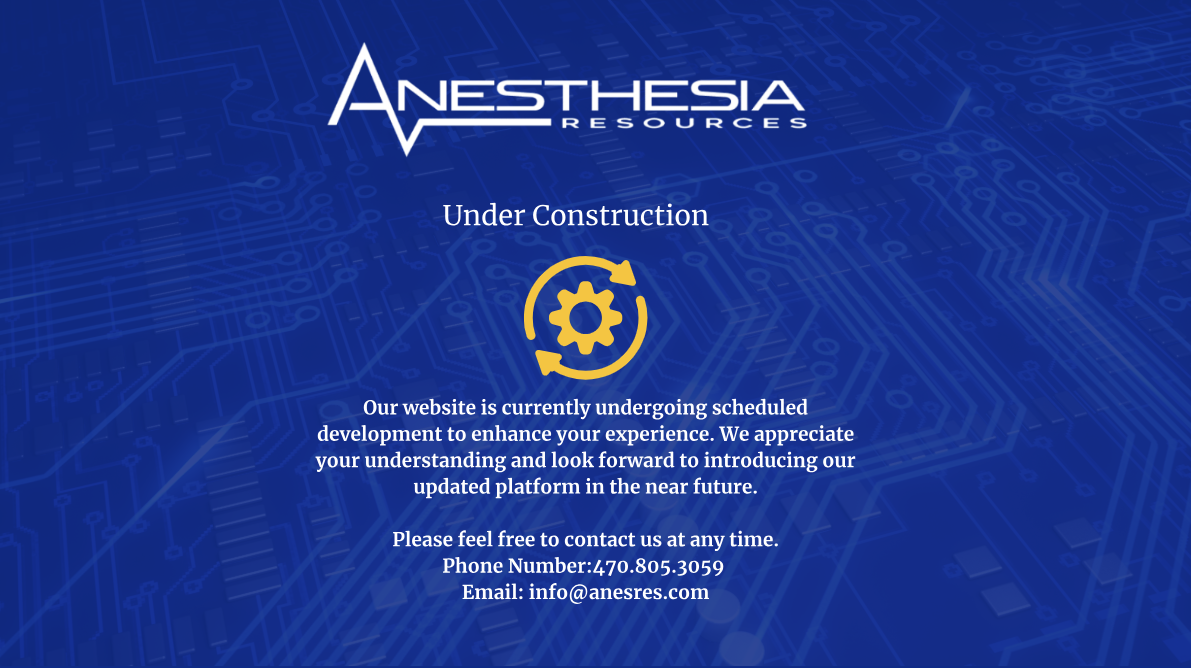NO SURPRISE Billing Act (NSA)
Starting with the first day of 2022, the No Surprise Billing Act went into effect. That means that out-of-network (OON) anesthesia providers are prohibited from the age-old practice of balance billing—at least in most cases. For example, if a patient is seeking a surgical service in a facility that participates with the patient’s insurance plan, and an OON practitioner provides the anesthesia in that surgical session, the OON provider cannot bill the patient the difference between what the insurance pays and the provider’s “full charge,” i.e., group rate. Rather, a reduced rate that is more in line with an “in-network” charge is what the group can expect to collect from the patient.
As you will recall, the No Surprises Act (NSA) was passed into law back in December 2020 but wasn’t to become effective until January 1, 2022. As we pointed out in a previous alert on this topic, the Department of Health and Human Services (HHS), including the Centers for Medicare and Medicaid Services (CMS), spent 2021 drafting and finalizing sets of regulations that detailed how the NSA would be implemented. Now that the effective date of the NSA has come, it may help at this point to remind our readers of what those regulations provide.
There are essentially two separate tracks to the NSA’s enabling regulations. The first deals with the OON issue described above. The second addresses self-pay patients or patients with no insurance. Let’s take a look at the main provisions of each of these.
Out-Of-Network Provisions
These provisions center around the main focus of the NSA legislation: the elimination of surprise bills being sent by non-participating providers to insured patients having surgery at an in-network facility. Below are the key takeaways for this aspect of the new rules.
- Cost Sharing. Cost-sharing for all emergency services, as well as non-emergency services in facilities that participate with patients’ health plans, must be determined on an in-network basis. For OON cases, the cost-sharing rate is calculated based on either a state All-Payer Model Agreement or specified state law; or, if neither of these apply, the qualifying payment amount (QPA), as determined by the insurance carrier. The QPA is generally the plan’s median contracted rate for the same or similar service in that geographic area.
- Dispute Resolution. If the OON provider does not agree with the plan’s payment, he or she may initiate a 30-day period during which payment negotiations occur. This is called the open negotiation period (ONP). If the parties cannot agree on a payment amount during the ONP, either party may initiate the independent dispute resolution (IDR) process. The parties may jointly select a certified IDR entity to resolve the dispute. If the parties cannot jointly select an IDR entity or if the IDR entity has a conflict of interest, HHS will select an IDR entity. After an IDR entity is selected, the parties will submit their offers for payment along with supporting documentation. The IDR entity will then select one of the parties’ offers as the binding OON payment amount. Both parties must pay an administrative fee ($50 each for 2022), and the non-prevailing party is responsible for the IDR entity fee for the use of this process
The NSA and its enabling regulations will be the law of the land except where there are already in place similar provisions in the several states. For example, Texas, Colorado, New Mexico, New York and Washington all passed legislation, effective in 2020, designed to end surprise billing relative to both emergency and non-emergency services. According to legal experts, the NSA defers to state laws to the extent they apply to payment amounts. For example, we’re told:
For states like New Jersey and New York with rules for surprise medical billing disputes, the state’s dispute resolution mechanism continues to govern disputes between insurers and out-of-network providers in that state for the fully insured plans they are able to regulate. The federal dispute resolution mechanism would reach those bills not subject to state law.
So, as one legal analyst put it, “the foreseeable future will be defined by a crazy quilt of state and federal requirements.”
Self-Pay Provisions
Separate and apart from the issue of putting an end to balance billing, i.e., “surprise medical bills,” are the new rules the federal government has decided to impose on providers when a case involves a patient who will not be utilizing insurance in connection with a medical service. Here are the details:
- Ask the Question. When scheduling a medical service, providers and facilities are required to ask about the patient’s health insurance status and their intent to have the claim submitted to insurance. If the patient is either uninsured or self-pay, then the NSA’s “Good Faith Estimate” (GFE) requirements must be met.
- GFE Requirements. A GFE reflecting the cost of the episode of care must be provided if requested by the patient and again if the patient schedules surgery. The surgeon would be responsible for delivering the GFE to the patient, but the anesthesia provider will be asked by the surgeon to provide their portion of the estimate. The anesthesia provider has one business day to respond.
- Dispute Resolution. If the anesthesia provider’s portion of the GFE is under-estimated by more than $400, the patient may initiate the patient-provider dispute resolution process (DRP). Key components of the DRP are as follows:
- The patient must initiate the DRP within 120 days of the initial bill
- The patient must submit an administrative fee ($25 in 2022)
- HHS will select a dispute resolution entity (DRE) to decide the issue
- Within 30 business days of receiving information from the provider and patient, the DRE must make a final determination
- If the services could not have been known prior to the GFE, then the final payment amount for services will be the lesser of the billed charge, or the QPA for the same or similar service


